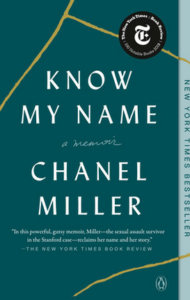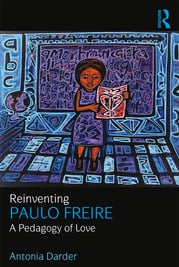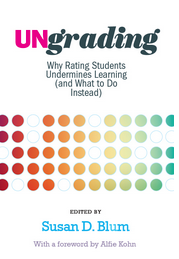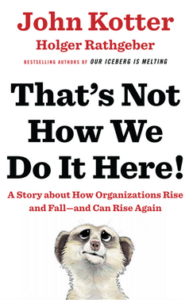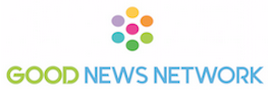by Carl Conner & Sarah Norek
Back in December, Carl and Sarah (we) engaged in a loosely structured conversation over Zoom with a few other folks who hold formal support roles. We wanted to explore what it meant to support ourselves in support roles (you can read our article about it here).
In this article, we reflect on what it’s meant to continue to meet with, and expand on, this conversation group. We’ve gained much from these meetings and are grateful to those who have shared their stories and their time. Below, in an informal interview style together, we share some planning ideas as well as what we consider to be the benefits of such a group, in case other folks on campus are interested in or thinking about these kinds of conversation groups too.
What have you observed across meetings?
Carl: Going into the first meeting, I did not know what to expect! As someone who often struggles to maintain my energy levels, I was particularly surprised to feel so energized after the group met. It was also surprising to me how universal that feeling was, even throughout different meetings with new voices joining the group. I felt tremendous gratitude for the sense of connection and validation that these conversations offered, and I was doubly grateful to hear other members of the group reciprocate that gratitude. Given the range of backgrounds, roles, and professions we have in the group, to foster such a strong sense of reciprocity felt truly special.
Sarah: We’ve met a few different times now, and I think something I’ve noticed each time is that it feels okay to be quiet, and to engage in messy thinking, and to process out loud or inside or however. I’ve also noticed how folks are getting ideas from each other, or resonating with what someone’s just said. There’s a lot of energy there that feels curious and thoughtful and generous and replenishing.
Carl, you recently referred to the “recipe” for this experience – would you be willing to share a little about that and what you think goes into the creation/facilitation/evolution of a group like this?
Carl: Though I believe that we were very lucky in terms of how incredible our participants were, we did think intentionally about how we could set the group up for success:
Connect for the sake of connection
I cannot emphasize the power and importance of this ingredient enough. Bringing different people together who all want to authentically connect can impact how we show up and engage everywhere else.
Snowball sampling works for this setting
When we wanted to expand the conversation after our first meeting, we employed a “snowball sampling” approach wherein everyone invited another person who they thought would benefit from being in the space. This method was helpful for maintaining a sense of familiarity with each other while still including fresh perspectives and ideas.
Prepare some prompts ahead of time, but largely allow the conversation to flow in whatever direction it needs to
Allowing for a loose structure to the conversation gives the people involved a greater sense of agency and also means that folks do not have to prepare any content beforehand.
Honor contributions
We always invited folks to come as they were and participate as much or as little as they wanted, and we were intentional to share gratitude for folks being there and participating in the ways that they did. This created an unofficial routine of sharing gratitude across all group members, and that process alone created such an authentic sense of community even after one or two meetings.
Any big takeaways to share with folks who might be interested in doing something like this elsewhere on campus?
Carl: Absolutely! First off, do not underestimate the value of connecting as humans. The recognition of each individual as unique, multi-faceted, and nuanced was very important to the structure of our group. Regardless of whether we knew each other well or had any overlapping roles, there was still plenty of connection to be had around our experiences as people coping with the challenges of daily life – life at work and life outside work and how they interact with each other. Second, I would encourage people (especially introverts!) to be bold enough to take the first steps to initiate spaces for connection such as these. I know it can be scary or stressful to be the one to approach others and ask them for some of their valuable time, but it was oh so rewarding to have been gifted that time and make something meaningful of it. As an introvert myself, I would highly encourage anyone who may be thinking about establishing a space for connection with peers/colleagues to take that first step – it’s so worth it!
Sarah: I love what you’re saying, Carl! I think all I might add is that we’ve chatted a bit about how important a sense of safety and trust in these spaces is, and ways to achieve that, or set a space up for that, in such a brief span of time. One thing that’s stuck with me is that everyone knows someone in the space, has a connection to someone in the space. For folks who might be thinking about creating a group like this, I think this element is really important. Because being in this space and community together is incredible! It’s meant so much to share and hold space distinctly for connecting, with no real agenda other than to share and listen and normalize and validate, to be in community together, no need to prepare in any way other than to arrive and bring yourself, as you are in that day and moment(s) in time. It’s been rejuvenating and really impactful mentally and physically.
Wanna talk more? Have ideas? Be in touch! We’d love to chat with you about thoughts you have about this kind of meeting and space.


